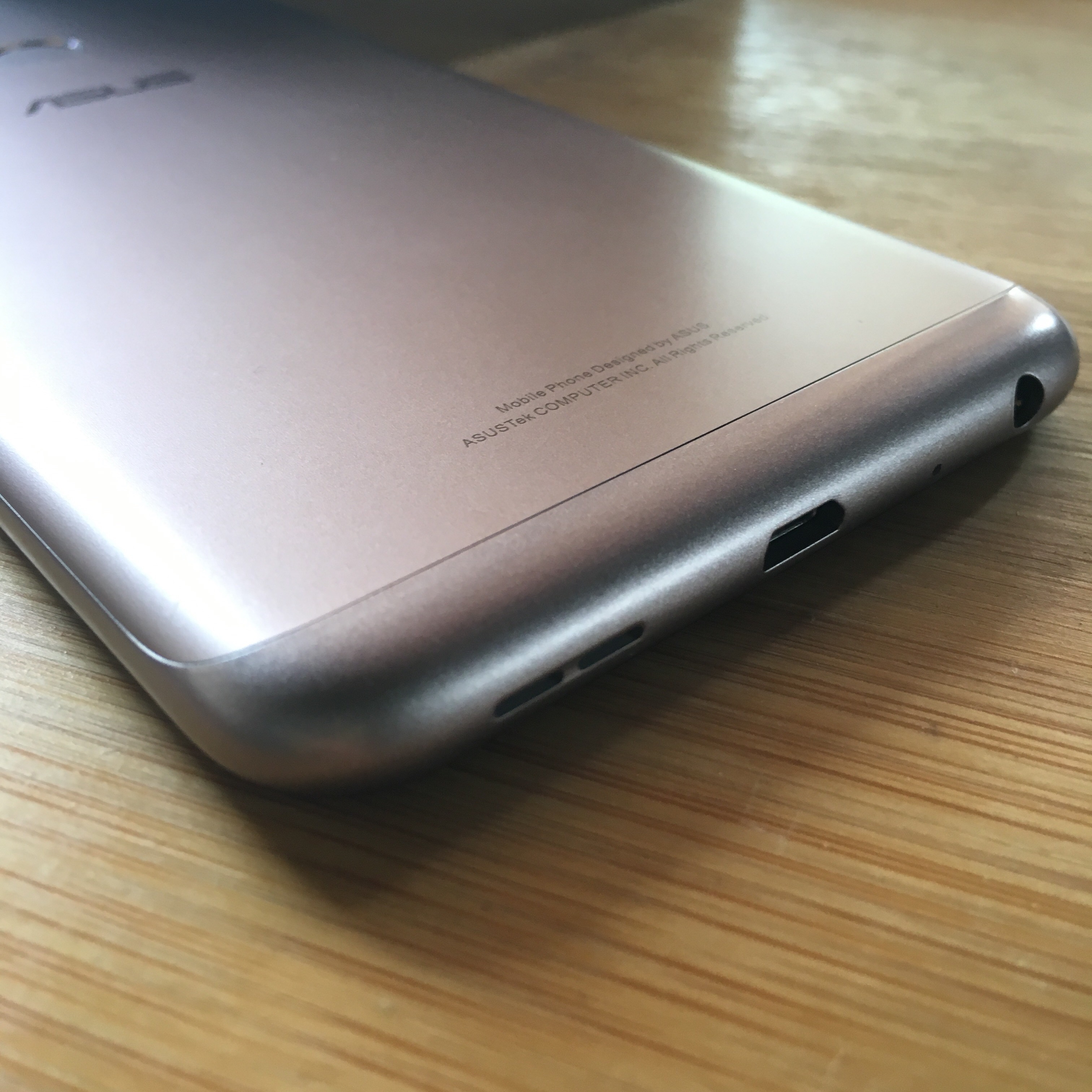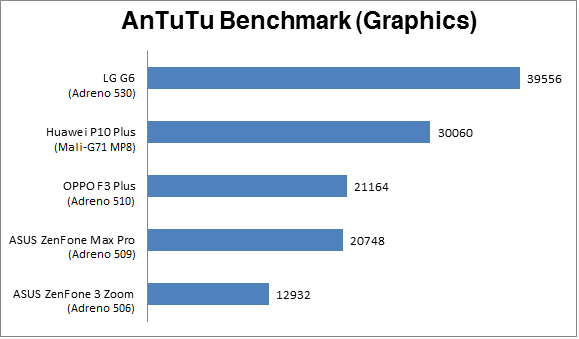RACONTEURPH
Stories worth sharing
ASUS ZenFone Max Pro M1 Review (Updated)
POSTED BY: Lionell Go Macahilig2018-06-28 19:37:17 PHT
Updates: This review now includes still photos that were captured using the ASUS ZenFone Max Pro M1, and benchmark results. This article was originally published on June 22, 2018.
Introduction
Carrying the Max designation on its full name, the ASUS ZenFone Max Pro M1 (ZB601KL) is part of ASUS's ZenFone range of smartphones packed with ample battery capacity. In the case of this specific model, it comes with 5000mAh capacity. But apart from the promise of long stamina, what other niceties does the ZenFone Max Pro have? Let us find out in this review.
Build and Aesthetics
The most conspicuous feature of the ZenFone Max Pro M1 is its ample screen measuring 5.99 inches. In spite of the size, the device is easy to maneuver. Using an IPS panel, it packs an FHD+ resolution (2160 x 1080p), ensuring that graphically rich content like games, movies, and photos would appear good on it. With 450 nits of maximum brightness, the display is legible in both indoor and outdoor settings, but is overwhelmed when exposed to direct sunlight. Complementing the good graphics the ZenFone Max Pro M1 offers, it also comes with good sound. The NXP amplifier and passive amplifier work together to make the phone produce sound loud and profound.
Available in two color variants (the other is Deepsea Black), the Meteor Silver version brandishes a frosted finish. With rounded sides and edges, handling the ZenFone Max Pro is a comfortable experience. The color scheme and texture also make the metal-clad handset not susceptible to unsightly dirt and fingerprints.
The volume rocker is located on the right side of the ZenFone Max Pro M1, along with a power button that sports a concentric metal design. Meanwhile, the left side hosts the pin-ejectable slot for two SIM cards and one microSD card for storage expansion (up to 256GB is supported). The micro-USB slot and 3.5mm audio jack reside the bottom side, together with the speaker/microphone. Onboard storage is 32GB.
Camera Performance
In terms of imaging, the ZenFone Max Pro M1 carries a dual camera system, equipped with a 13-megapixel Omnivision 16880 sensor with F2.2 aperture and a 5-megapixel sensor for bokeh effect. Meanwhile, the front-facing camera is packed with a 5-megapixel image sensor. Still photos outputted by the ZenFone Max Pro M1 are impressive, even in Auto Mode, particularly those shot outdoors. Indoor shots with decent illumination, however, may start showing hints of blurriness and noise. Logically, this becomes worse when shooting at night. That's the point when you must use the phone's LED flash. Another plus of the ZenFone Max Pro M1 in the imaging department is its capability to record 4K videos (3840 x 2160p). Photos can still be shot even while recording a video. As the phone uses a pure version of Android 8.1 Oreo, the handset retains the 'stabilize' post-editing feature of the OS. This means that videos captured with bare hands will look less shaky as if it was recorded with the help of tripod.
Benchmark Results
The ZenFone Max Pro M1 comes with a Qualcomm Snapdragon 636 octa-core chip coupled with 3GB RAM. The numerical designation of the chip means that it is made for midrange devices, just as how the Snapdragon 800 series, such as the incumbent 845, are made for flagship handsets. To give us an idea of how the ZenFone Max Pro M1 performs with the Snapdragon 636 CPU, AnTuTu Benchmark was run and its score was put side by side with other phones' scores for comparison.
The chart clearly shows that the ZenFone Max Pro M1 performed just as good as the Sony Xperia XZs and the Huawei P10 Plus, both of which are equipped with previous generation flagship chips. Do note that the ZenFone Max Pro M1 even managed to surpass the score of the LG G6, in spite of the fact that the latter comes with a flagship Snapdragon 821 chip. The notable performance of the ZenFone Max Pro M1 can be attributed to its use of Android 8.1 Oreo OS, as the other phones on the chart were running on Android 7.0 Nougat when they were tested. Moving on to the graphics test of AnTuTu Benchmark, the ZenFone Max Pro M1 scored similarly to the F3 Plus, OPPO's previous generation flagship.
In SunSpider Javascript Benchmark, the ZenFone Max Pro M1 emerged not the fastest in terms of browsing (lower is better in this test category), though it is faster than the ZenFone 3 Zoom. Nevertheless, do note that we never encountered any problem when we used the ZenFone Max Pro M1 as an Internet browser.
Battery Life
Lastly, the ZenFone Max Pro M1 did well in the battery test, yielding a long stamina record of 571 minutes, though this is not as long as the 714-minute result of the ZenFone 3 Zoom. Do note that the two handsets are the same in terms of battery capacity (5000mAh), but differ when it comes to display size. The latter factor could have contributed to battery life difference between the two phones. Nevertheless, it is noteworthy that an ASUS phone, the ZenFone 3 Max, holds a record of 945 minutes with only 4100mAh battery, making it worthy of its Max designation and be crowned as a true Battery King.
In the battery test, phones ran a looped standard definition video (640p) while Bluetooth and Wi-Fi are on, and display brightness and volume level are set to the maximum.
Conclusion
The ASUS ZenFone Max Pro M1 is set to become officially available on June 25, but interested parties may already preorder it on the shopping portal Lazada. For the price of PhP 9,995, the ZenFone Max Pro M1 is a satisfying offering with good build, nice screen, decent camera performance, snappy software, and above-average stamina so that you can enjoy playing around with the features much longer.
Build and Aesthetics - 8.5
Camera Performance - 8.0
Benchmark Results - 8.0
Battery Life - 8.0
Price - 8.0
Overall Score - 8.0






.jpg)
.jpg)
.jpg)
.jpg)



